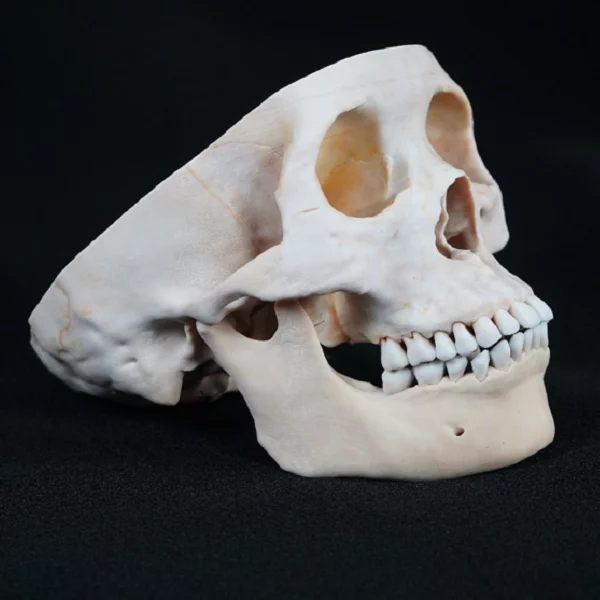As a medical professional, I have always been fascinated by the intricate workings of the human body. The cadaver dissection table is an invaluable tool that has revolutionized the way we learn and understand anatomy. Through its use, medical students are able to gain hands-on experience and develop a deep appreciation for the complexity of our bodies.
A Closer Look at the Cadaver Dissection Table
The cadaver dissection table is specifically designed to facilitate the study of human anatomy through dissection. It provides a stable and adjustable platform on which cadavers can be securely placed for examination. This allows students to explore various anatomical structures in detail, enhancing their understanding of how different systems interact within the body.
With features such as integrated drainage systems and ventilation, these tables ensure a safe environment for both students and instructors during dissections. They also come equipped with advanced lighting options that allow for optimal visibility during procedures.
DIGIHUMAN: Advancing Anatomy Education

In recent years, technology has further enhanced anatomical education with innovations like DIGIHUMAN. This cutting-edge software combines high-resolution imaging techniques with 3D modeling to create virtual representations of real human bodies.
DIGIHUMAN offers numerous advantages over traditional methods of learning anatomy. Students can manipulate digital models, zooming in on specific areas or rotating them to view from different angles. This interactive approach enables a deeper understanding of complex anatomical structures without relying solely on physical specimens.
The Arm Anatomy 3D Model: An Essential Learning Aid
One particular application within DIGIHUMAN that deserves special mention is the arm anatomy 3d model. By utilizing this feature, students can explore every aspect of arm anatomy, from bones and muscles to nerves and blood vessels.
The arm anatomy 3D model allows for a comprehensive examination of the intricate network of structures that enable our arms to function. Students can dissect layer by layer, gaining insight into the relationships between different components and how they contribute to overall arm movement and dexterity.
In Conclusion
The cadaver dissection table, in combination with technological advancements like DIGIHUMAN and the arm anatomy 3D model, has transformed medical education. These tools provide an immersive learning experience that fosters a deep understanding of human anatomy. By utilizing these resources effectively, future healthcare professionals will be better equipped to diagnose and treat patients with precision and care.

